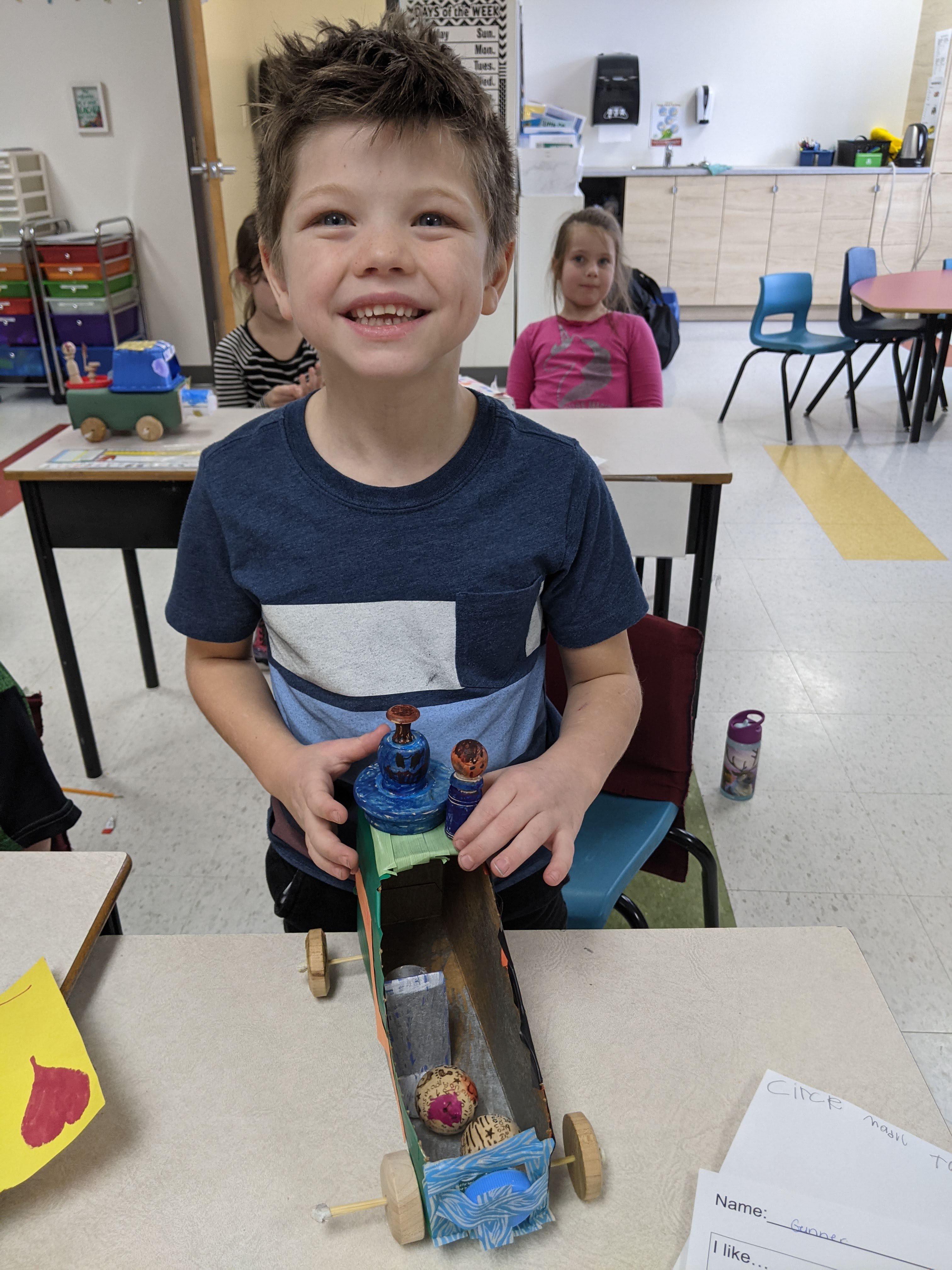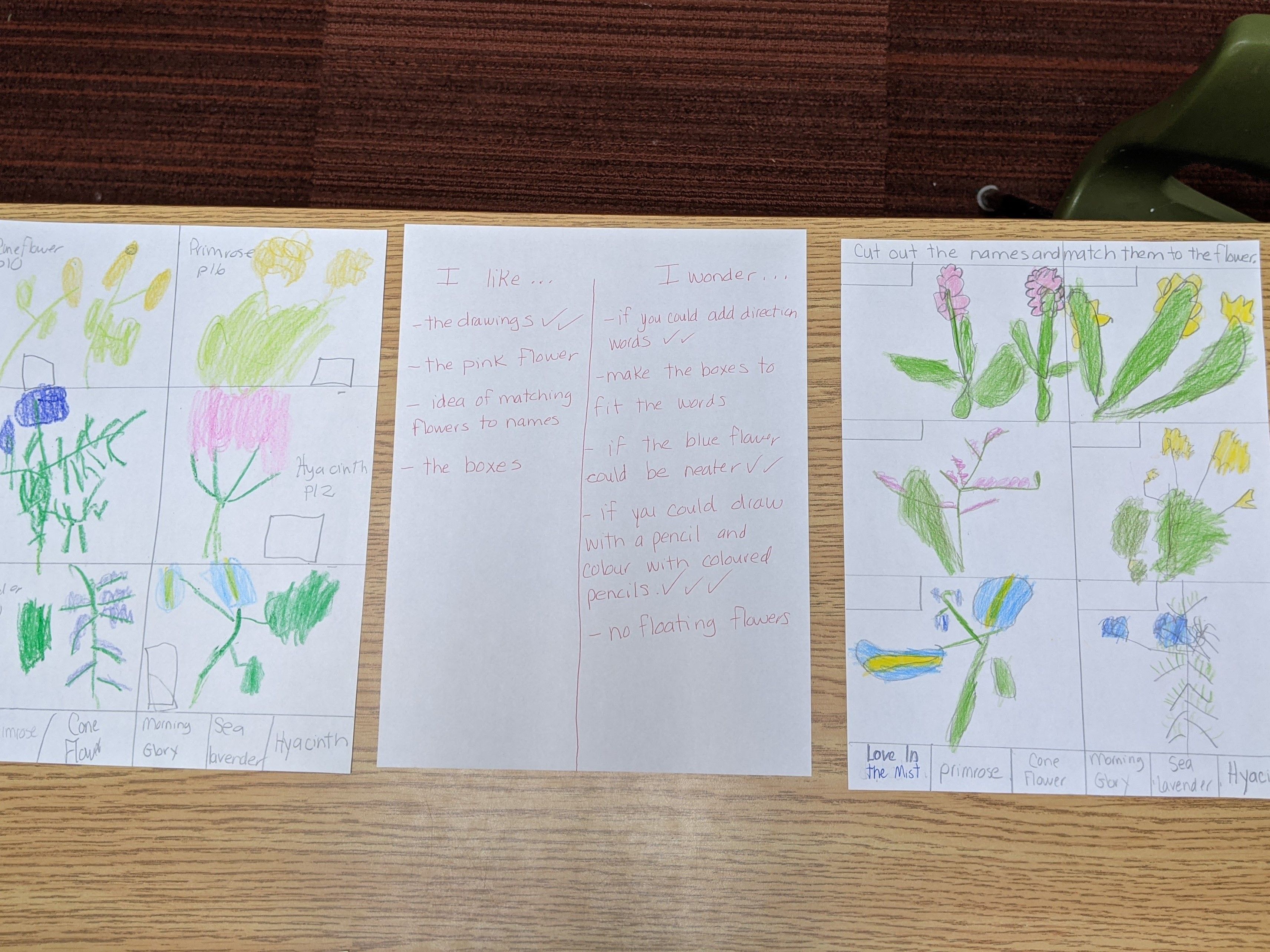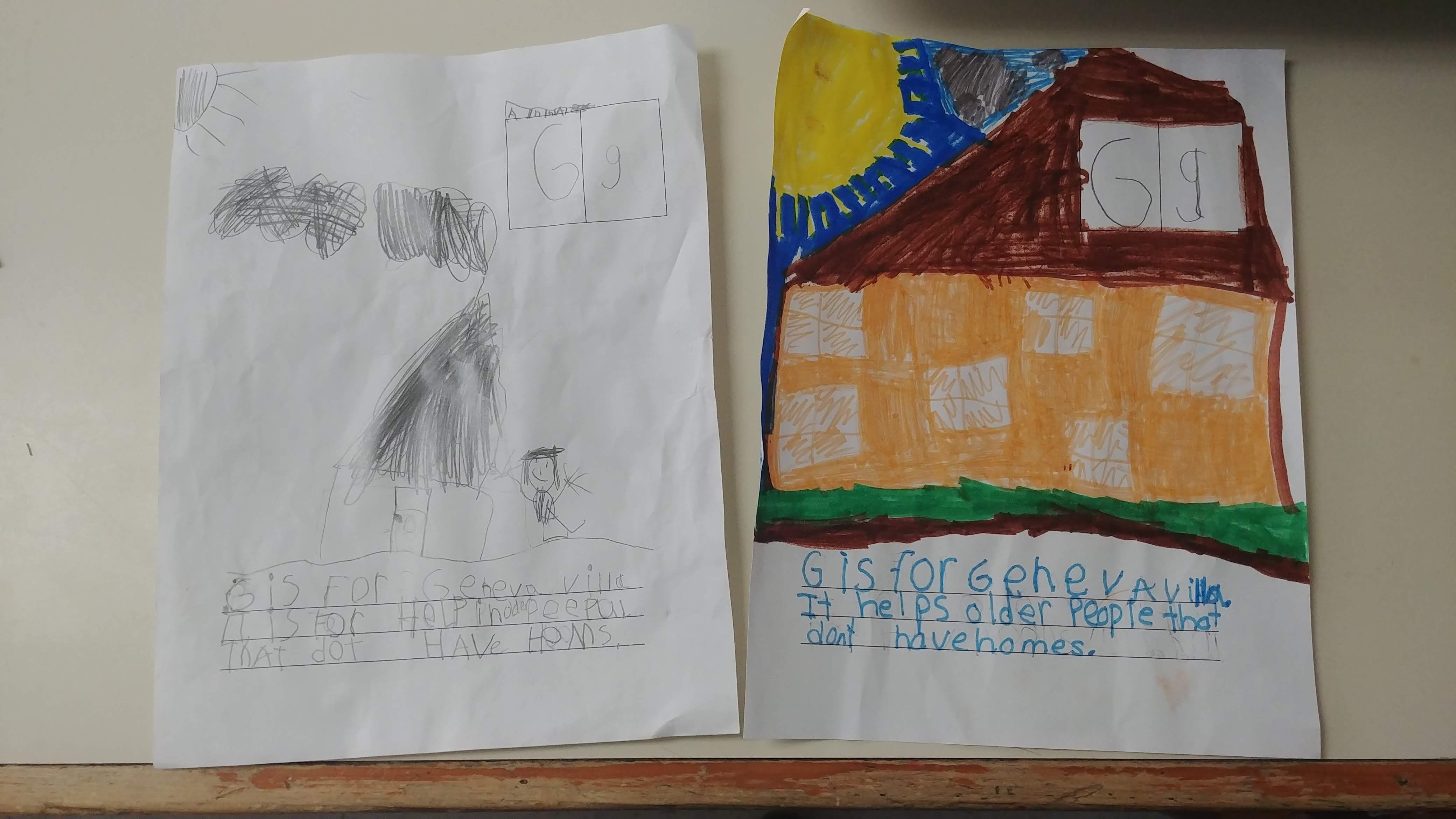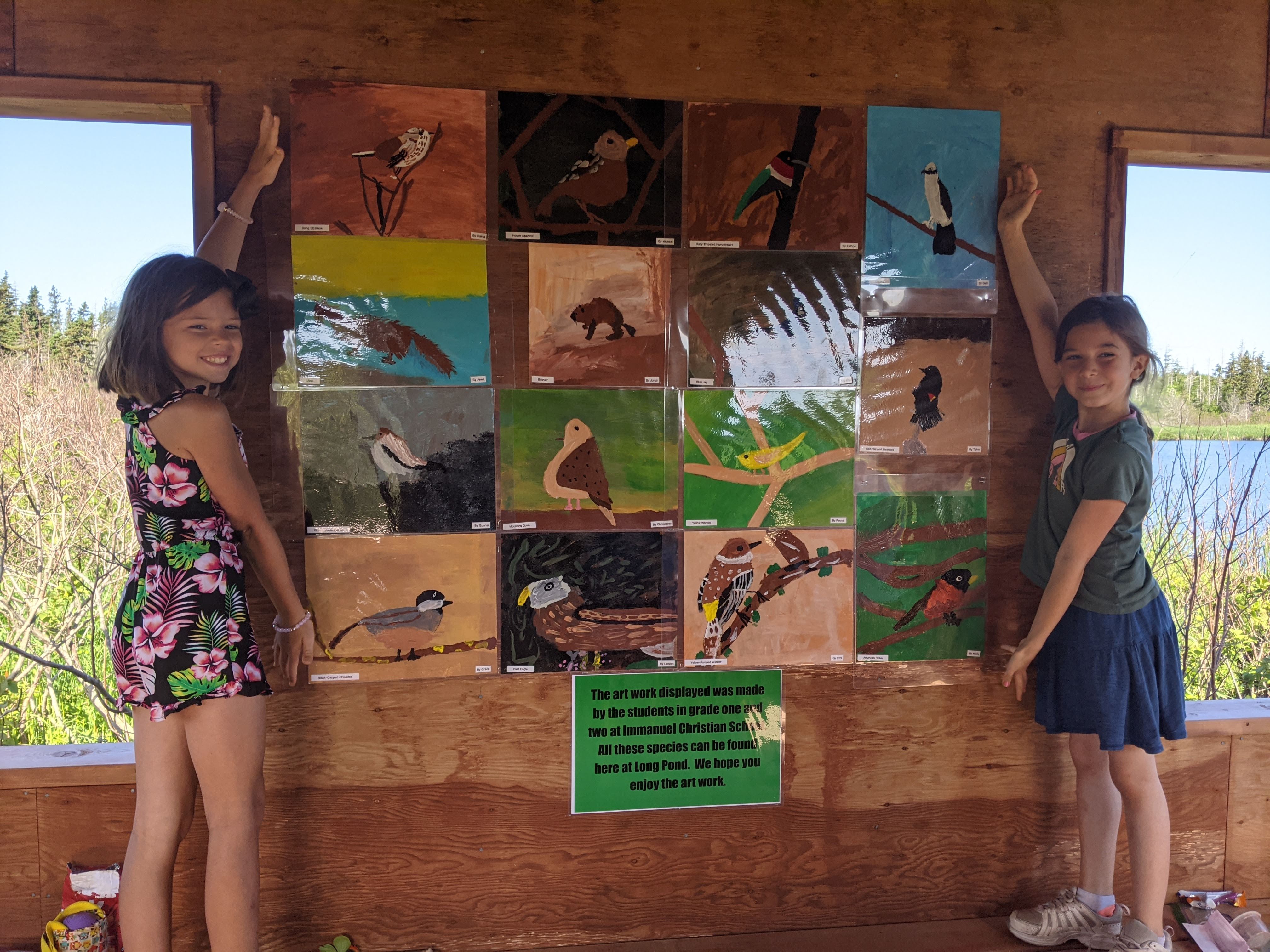The Power of Feedback



Since starting to implement PBL in my classroom, I have a whole new outlook on giving feedback in the classroom. As teachers, we are always giving feedback to our students in all different kinds of ways. Students are always looking to their teacher for feedback on how they are doing. However, after learning more about PBL, I was introduced to the concept of feedback on projects coming primarily from the other students in the class. The other concept I was introduced to was giving feedback in all the subjects, not just the ones that so easily invite feedback like editing a piece of writing. The power of feedback from the students was presented to me first by the video called Austin’s Butterfly. If you have not watched this video, I would strongly recommend it. It was pretty powerful to me as I started to implement peer feedback. Here is a link to the video if you’d like to take a look:
https://www.youtube.com/watch?v=hqh1MRWZjms
As I began to contemplate more about feedback, I realized that it is a pretty powerful tool that can greatly improve projects and encourage students to do their most beautiful work. And over the last couple of years, this has certainly proven to be true. This is what feedback often looks like in my classroom.
After a first draft of any project, the student receives feedback from the class. This could be the whole class or a group of students. For the most part, I write it down for them since it takes most grade one students a long time to write but there are many ways to do feedback in a classroom. The language we use to give feedback is “I like…” and “I wonder…” This is the language I train the kids to use right from the beginning of the year. Students pick out what they like about the work and what they wonder could be improved upon. If they say, “I like it all”, I encourage them to pick out a specific thing they like about it. I also talk to the students about the feedback being kind and helpful. Remember that students would have been given an outline or a model of the expectations of the project. As students give their feedback, I write it all down and I checkmark anything that more than one student says. Here is an example:

Then the students go back to work and look at the feedback they’ve been given and do some of the things that their peers suggested. I do tell the students that they don’t “have to” do all the “I wonders” but they should consider each one and remember the expectations of the project. After the second draft, we may do feedback again, depending on time and if the student would like more feedback. Often, they do!
There are many ways to go about giving feedback. This can be done as a whole class, going around to each project and writing sticky notes of “I like” or “I wonder”. This could also be done in a small group discussion with one person recording it. The way feedback is given could really depend on the project too. For me, I find that the students love to give feedback to everyone so they all like to participate for everyone. However, depending on number of students, time, the type of project and grade level, you could pick the way that works best. When I went to the Christian School Teacher’s Academy to learn about PBL, I learned about a lot of different ways to do this and for some ideas, go to this website under “protocols" (not all the protocols are for feedback) :
I have found that the students love giving feedback and love receiving feedback. In fact, I often hear them say, “Can I get some feedback on this?”. And of course, the answer is always, “Yes, you can!” When they see the difference between first, second and even third drafts of their work, the students are amazed at the difference. Here are some examples of student work at first and second draft:

At my school, we have decided to implement PBL as much as we can through all the grades. So, whenever one of us teachers is designing a new project, we often get together and give each other feedback on our projects. This has been extremely helpful to me. My projects have gone from having many missing parts to being complete and ready to go from feedback I have received from co-workers. We all need the help of others to do quality work so it only makes sense that we would give feedback to each other as a staff and with the students in the classroom!

